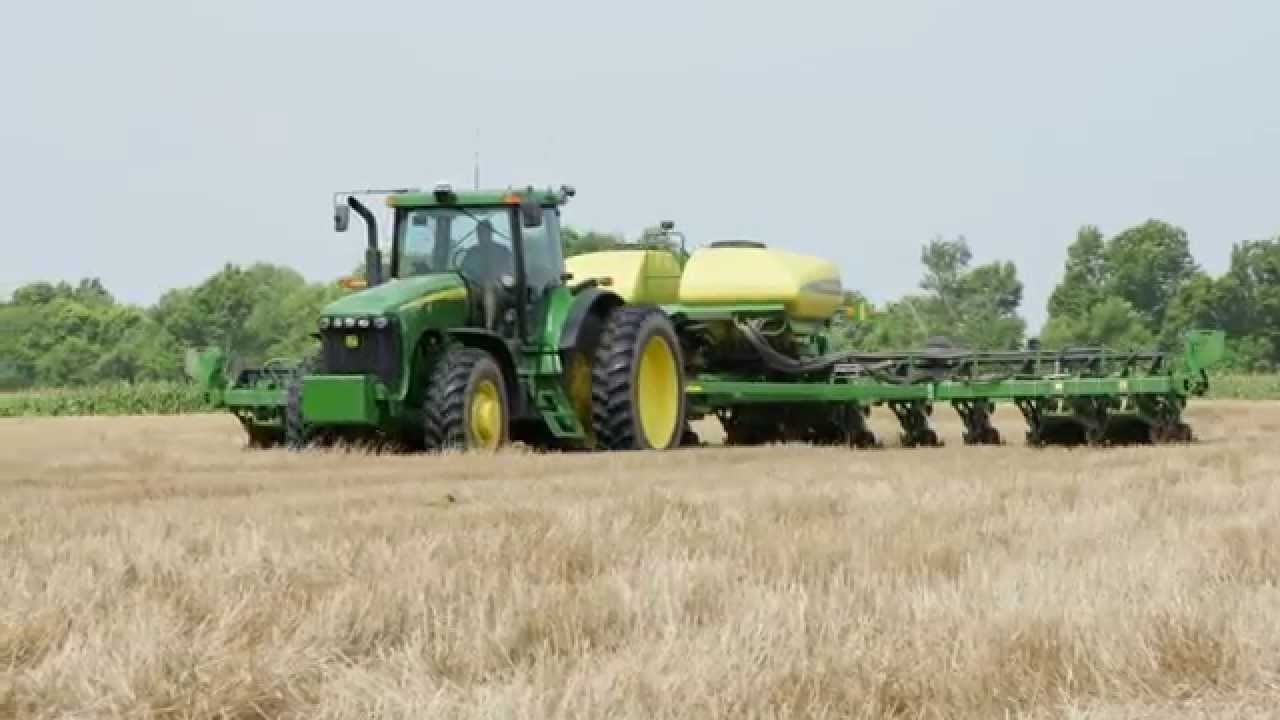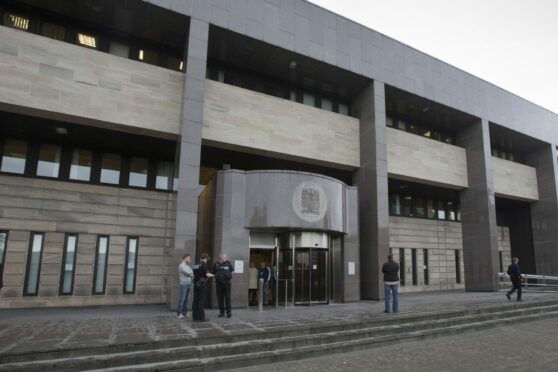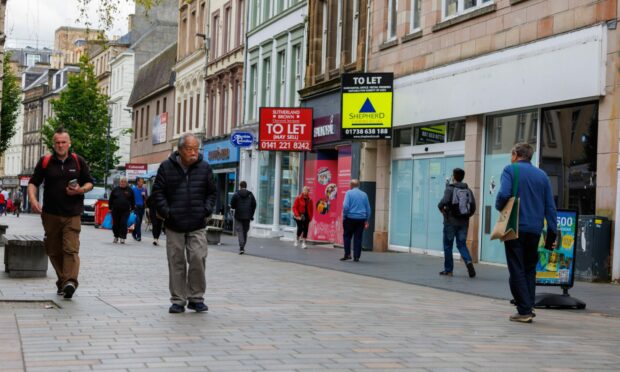Rural crime cost Scotland £1.7m in 2015, new figures have revealed.
The annual crime report from rural insurer NFU Mutual found the items most commonly targeted by thieves across the country over the last 12 months remained quad bikes, tools from farms and businesses and oil and diesel.
The £1.7m figure represents a second consecutive annual reduction, down from £1.8m last year and £2m in 2014.
NFU Mutual’s Martin Malone said the reduction was the result of massive efforts by rural residents, Police Scotland and the insurer to make it more difficult for thieves to operate in the countryside.
Nonetheless, he said the criminal gangs behind huge proportions of rural crime were resilient and constantly adapting to find new ways to target homes and businesses.
Mr Malone said: “Years of experience working with farmers and police to tackle rural crime have taught us one important message: thieves don’t go away.
“If you improve security in one area they will step back, and seek a way to bypass your security measures – or find something else they can steal from farms.
“Unfortunately, this means farmers face a continual battle to stay one step ahead of the thieves.
“Rural thieves are becoming increasingly sophisticated and using computers rather than bolt cutters to steal from farms and country properties.
“Farmers and police have been working hard to adopt high-tech security measures to tackle the problems which now include cloning tractor identities, advertising non-existent machinery in agricultural publications and stealing the GPS computer systems that are a key part of modern farming.”










